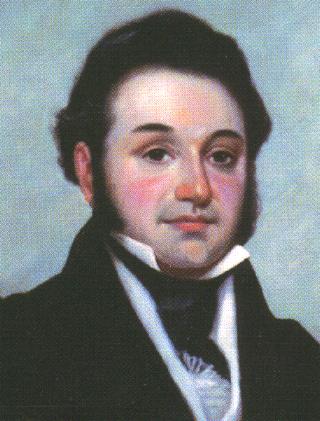School History
De Zavala had three sites and two names prior to its present incarnation which began in December 1951 at 2311 San Luis. The campus opened in 1878 and originally was the Third Ward School. It became School #3 after 1886. Since the campus was at the southwest corner of Avenue E and Fourth streets it eventually was called the Avenue E School.
In May 1902 the campus became De Zavala in compliance with SAISD practice that elementary schools be named for Texas patriots. In 1903 the school was moved to 305 Austin and Eighth streets. In 1934 De Zavala moved into six frame buildings at 2418 Durango Blvd. donated by the Peacock Military Academy. The playground was called the Alamo Park, or, in jest, the Alamo. That lot was sold when the SAISD acquired the site of the present De Zavala.
What Happened to the Previous Sites The Avenue E School building housed the Salvation Army Home, and later, a boarding house for indigents. It was razed in 1943. The land was purchased by the Express-News, and for
nearly 40 years this location was the site of KENS-TV prior to its move in the early 1980s. It is now the site of the recent San Antonio Express-News expansion.
The building at 305 Austin St. was used as a school depository until 1945. For the next 19 years the building housed the Japhet Opportunity School for physically disabled students. Japhet moved to Astor Street in 1964. In 1965 the site became Eleanor Brackenridge Elementary, which closed in 1967. The building was razed in 1968 to make way for Interstate 37.
 Lorenzo de Zavala, born Manuel Lorenzo Justinian de Zavala y Sáenz, (October 3, 1788 – November 15, 1836) was a Mexican physician from Yucatán who became a gifted career politician, diplomat and author. Zavala had a keen intellect and was fluent in many languages. He was closely involved in drafting the constitution for the First Federal Republic of Mexico in 1824 after it won independence from Spain. Years later, through a remarkable series of events, he also helped in drafting a constitution for Mexico's rebellious enemy at the time, the Republic of Texas, to secure independence from Mexico in 1836.
Lorenzo de Zavala, born Manuel Lorenzo Justinian de Zavala y Sáenz, (October 3, 1788 – November 15, 1836) was a Mexican physician from Yucatán who became a gifted career politician, diplomat and author. Zavala had a keen intellect and was fluent in many languages. He was closely involved in drafting the constitution for the First Federal Republic of Mexico in 1824 after it won independence from Spain. Years later, through a remarkable series of events, he also helped in drafting a constitution for Mexico's rebellious enemy at the time, the Republic of Texas, to secure independence from Mexico in 1836.
Since his youth Zavala was an indefatigable believer in the principle of democratic representative government.[4] As a young man he founded several newspapers and wrote extensively, espousing democratic reforms — writings which led to his imprisonment by the Spanish crown. While imprisoned, he studied medicine and after his release he practiced medicine for two years before entering politics.
Over his career he served in many different capacities including the Spanish Cortes (legislature) in Madrid representing Yucatán, and in Mexico's senate. He became Mexico's Minister of Finance, and served as Ambassador to France and Governor of the State of Mexico. In 1829, when the Mexican government was overthrown, Zavala was forced into exile and moved to the United States for two years. He wrote a book about U.S. political culture during this time and also traveled extensively in Europe. With his diplomatic experience and linguistic skills, Zavala was well received by foreign governments.
After exile he returned to Mexico and was appointed as Minister to France. While serving in Paris, Zavala saw that Mexican President Santa Anna was becoming a military-backed dictator, ignoring the Mexican Constitution that Zavala had helped write. Zavala resigned his position in protest and spoke out against Santa Anna. After this schism, Zavala could not return home and fled to Texas, then a Mexican territory, where he owned land. He eventually became an advocate of Texas independence to the point of helping in the drafting of the Constitution of the Republic of Texas, personally designing its flag, and serving as Vice President.